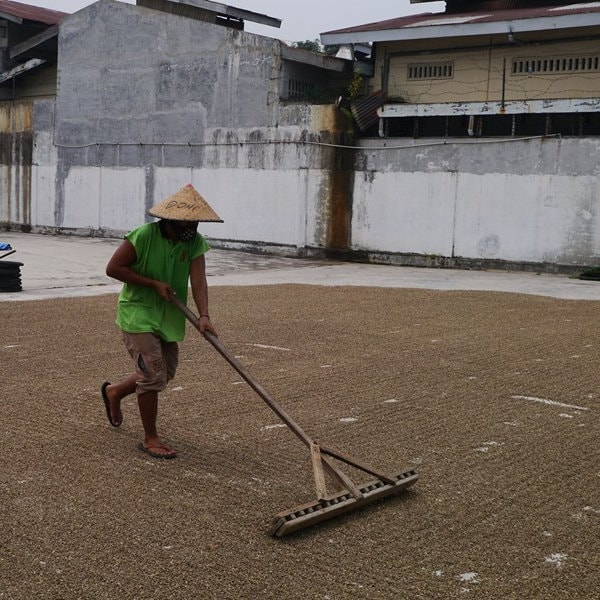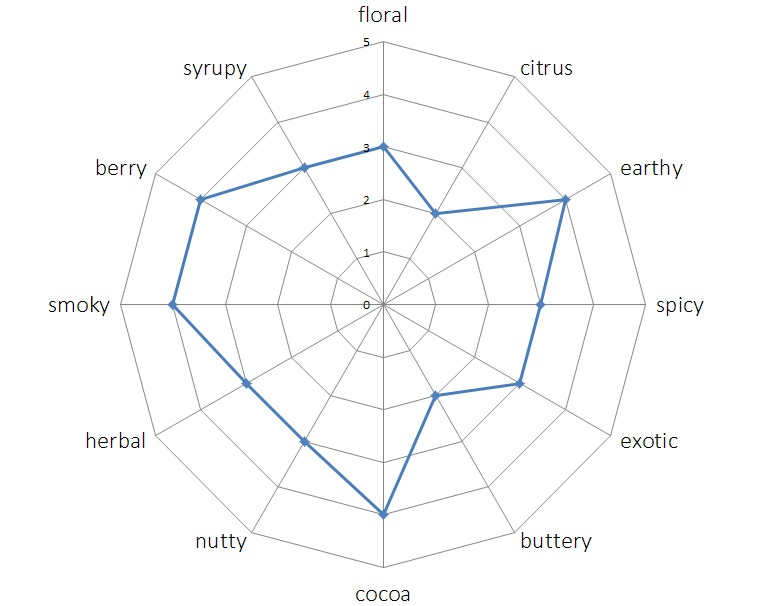


It is our passion to have you enjoy this simple pleasure of sipping coffee roasted right here at our coffee shop in the heart of Beach Haven on lovely LBI. We prefer to ship whole bean unless you choose us to grind (from drip to French press). You can find out how to make a perfect pour-over in our blog. This will taste great with many brewing options such as the pour-over. We are honored to roast this coffee from this farm with such a wonderful reputation honoring women. In addition to organic coffee, this area of Sumatra is teeming with flora and fauna: monkeys, birds, reptiles, elephants, orangutans, wild boar, wild buffalo, and countless species of tropical plants inhabit the jungle forests.Īs small-batch coffee roasters, The Coffee Bouteaque takes pride in showcasing unique coffees from farms like this. They believe this is a fantastic result of what the cooperative has been doing to support women producers and will continue to promote economic growth, welfare, and environmental preservation. KOPEPI Ketiara has consistently seen an increase in women producers joining the cooperative. The average farm size is about 1.2 hectares per member, with a large percentage of members being women. All of the farms produce 100% shade-grown coffee. The beans have to be dried so many times due to the moisture in the atmosphere caused by the tropical climate.This organic Sumatra fair trade coffee is produced at the KOPEPI Ketiara Cooperative, located in the Gayo Highlands, district of Takengon and Bener Meriah, Central Aceh, Sumatra.

It’s not a simple process and workers face many challenges when harvesting coffee beans in Indonesia, that is aside from the humidity and manual labor.

Before being exported, the coffee beans are dried out again at the port.The beans are then left to partially dry before being moved to the factory/warehouse to completely dry.The remaining fruit on the coffee beans is then washed off the next morning.The beans are stored in coffee sacks to ferment for one night.This will be done with a machine or manually. Workers then remove the skins from each individual cherry.The coffee is harvested from the plants and separated so the cherries remain.When going through the wet hulling process, these are the stages that are followed: This involves removing the skin of the coffee cherry, fermenting the beans, and washing off the remaining fruit before leaving it to partially dry.Įach method of coffee harvesting will alter the taste of the bean, but the taste would also be dependent on the roasting method and technique used. Sumatra coffee is harvested using the wet hulling technique.


 0 kommentar(er)
0 kommentar(er)
